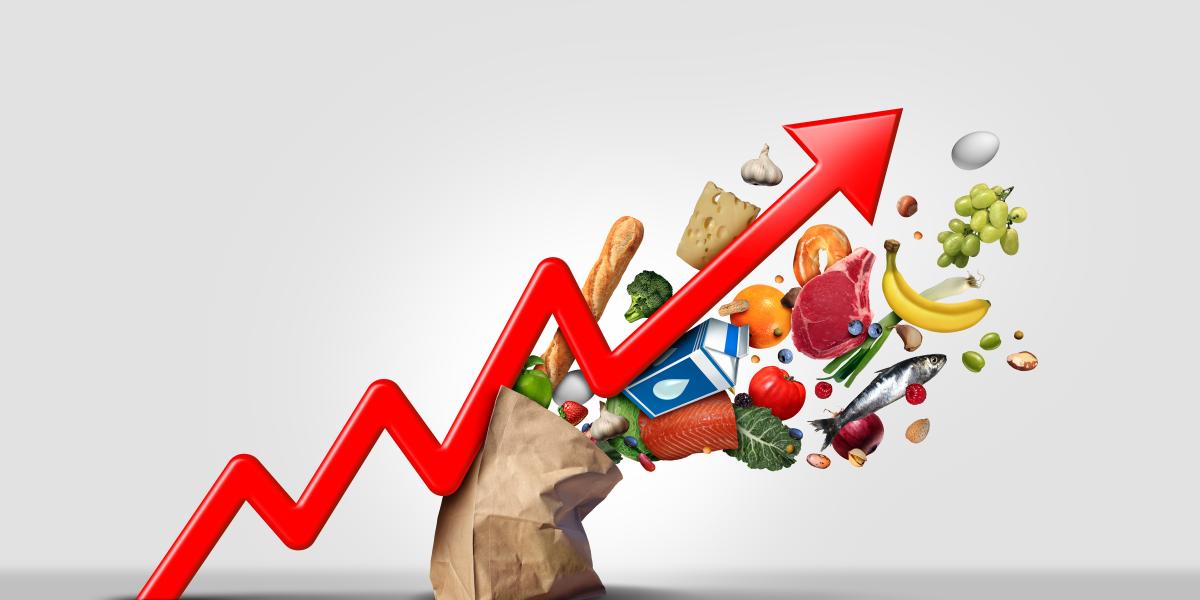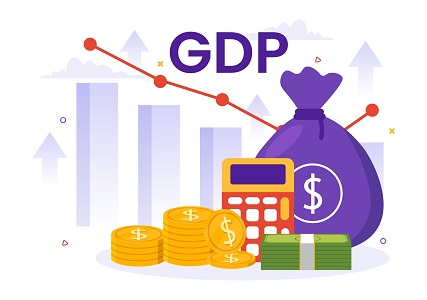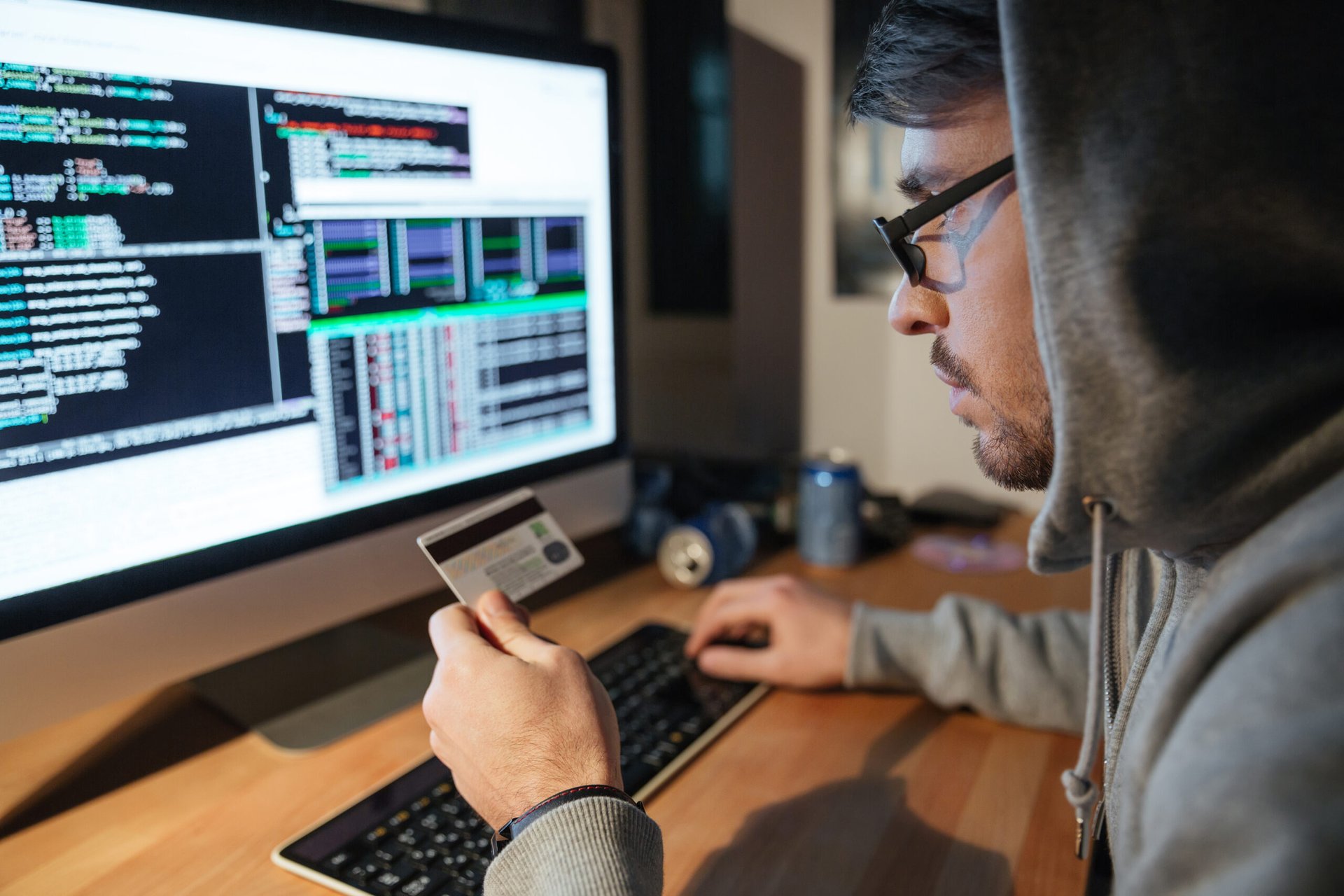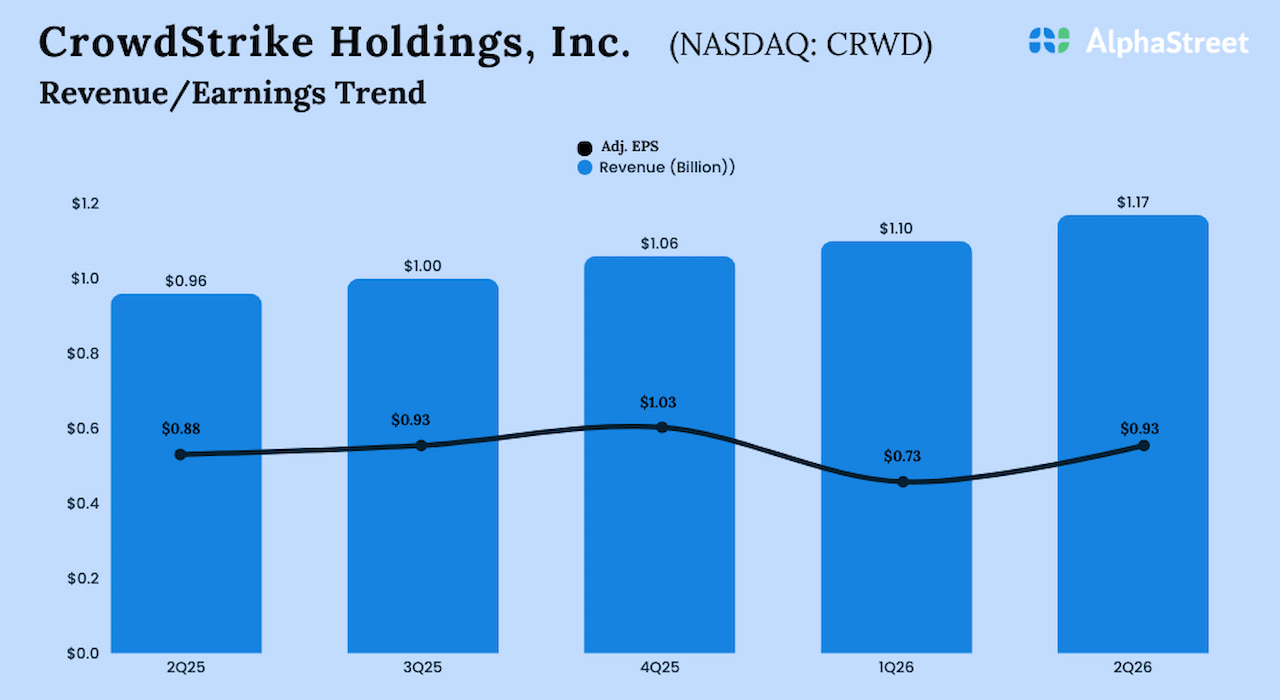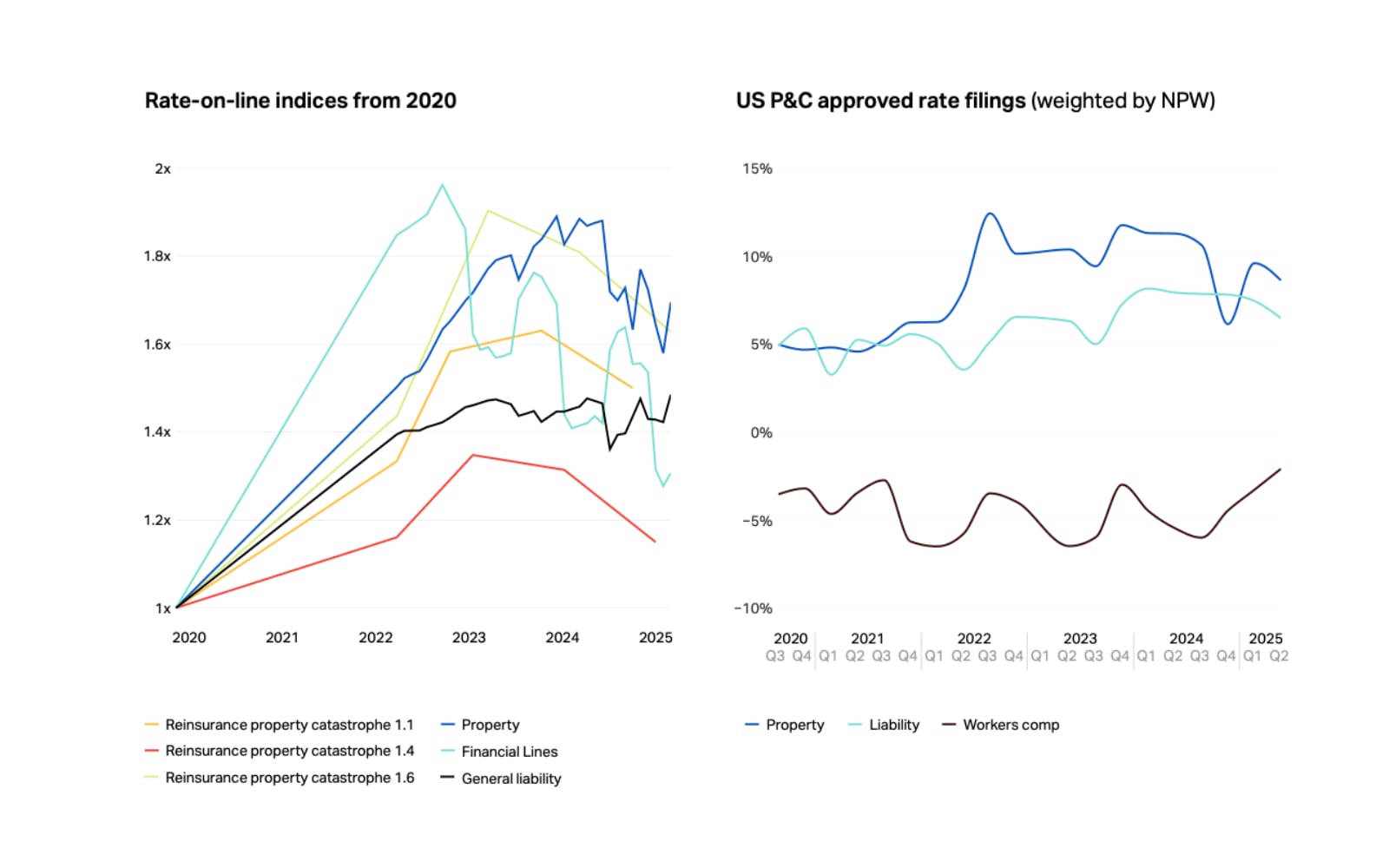New payment
systems and currencies have emerged that are challenging established payment
methods. The world of payments is continually changing. These new technologies,
which include mobile payment systems and blockchain-based cryptocurrencies, are
altering how we pay for products and services.
The advent of
new payment methods and currencies, as well as their effects on the payments
environment, will be discussed in this article.
The
introduction of new payment methods
The advent of
new payment systems that are intended to be quicker, more secure, and more
convenient than conventional payment methods has been one of the most important
changes in the payments environment in recent years.
To provide
users with a seamless and effective payment experience, these new systems make
use of cutting-edge technologies.
Mobile payments
are one type of innovative payment mechanism. Mobile payments have gained
popularity as smartphones have been widely used. Users can make payments
directly from their mobile devices via mobile payment systems, eliminating the
need for actual currency or credit cards. Apple Pay, Google Pay, and Samsung
Pay are a few common mobile payment options.
Peer-to-peer
(P2P) payments are another illustration of a modern payment system. Without the
use of a middleman, people can send money to one another directly through
peer-to-peer (P2P) payments.
Due of this,
P2P payments are quicker and more affordable than conventional techniques like
wire transfers or cheques. Venmo, Zelle, and Cash App are examples of
well-known P2P payment platforms.
New
currencies’ emergence
New currencies
that are competing with established fiat currencies have also emerged alongside
new payment systems. Usually digital, decentralized, and based on blockchain
technology, these new currencies are.
Bitcoin is one
of the most well-known new currencies. With the use of a decentralized digital
currency called bitcoin, users can conduct transactions independently of a
centralized entity. A global network of users maintains a public ledger known
as the blockchain, which records transactions.
In recent
years, Bitcoin has grown significantly in popularity, and many companies now
accept it as a means of payment.
Ethereum is
another prominent new currency. On top of the Ethereum platform, which is built
on blockchain technology, developers can create decentralized apps (dApps).
Additionally,
it has its own money, called Ether, which is used to complete transactions and
encourage developers to create applications for the network. Similar to
Bitcoin, Ethereum has grown significantly in popularity recently and has a
developing ecosystem of developers and dApps.
New payment
methods and currencies’ effects
The payments
environment has been significantly impacted by the advent of new payment
methods and currencies. In comparison to conventional payment methods, these
new technologies have a number of benefits, such as quicker transaction times,
less rates, and higher security.
New payment
methods and currencies have the potential to boost productivity while cutting
expenses for enterprises. For instance, P2P payments can eliminate the
requirement for wire transfers or checks while mobile payment systems can do
the same for cash registers and credit card processing equipment.
Similar to
this, new currencies like Bitcoin and Ethereum can speed up transaction
processing, lower transaction costs, and give companies another means to accept
client payments.
New currencies
and payment methods provide consumers with more convenience and flexibility.
Users of mobile payment systems can make purchases of goods and services
straight from their phones without the use of cash or credit cards. While new
currencies like Bitcoin and Ethereum give users a new means to store and
transfer value, P2P payment systems make it simple to send money to friends and
family.
The rise of new
payment methods and currencies is not without problems, though. The lack of
clarity in regulations is one of the main problems. There is a concern that
overregulation could impede innovation and growth as many countries and
regulatory agencies still debate how to control this new technology.
The possibility
of fraud and security lapses also exists. New currencies and payment methods
have more security measures, yet they are still vulnerable to fraud and
hacking.
It can be
challenging to identify fraudulent transactions due to the decentralized and
anonymous character of many digital currencies, and there have been a number of
high-profile security breaches using cryptocurrencies in recent years.
The risk of
volatility is also present with new currencies. Particularly in the case of
cryptocurrencies, value fluctuations can be rather dramatic in a short amount
of time. Due to this, it may be challenging for consumers and businesses to
forecast the value of their possessions and to arrange their finances.
The rise of new
payment methods and currencies is an exciting development in the payments
industry, notwithstanding these obstacles.
In the years to
come, we may anticipate even more innovation and adoption as these technologies
continue to develop and mature.
The role of
mobile wallets
In the last few
years, the world has witnessed an explosion in new payment systems and
currencies, from cryptocurrencies to digital wallets and mobile payments. As a
result, the need for a centralized platform that can integrate and manage all
these payment options has become increasingly critical. Mobile wallets seem to
be in prime position to work as payment aggregators, providing a unified
platform for users to access multiple payment options in a seamless and
efficient manner.
Mobile wallets,
also known as digital wallets, are mobile-based applications that allow users
to store their payment credentials, including debit and credit cards, bank
accounts, and even cryptocurrencies. Users can then use these payment options
to make payments for goods and services directly from their mobile phones. As
such, it comes as no surprise that mobile wallets have become increasingly
popular in recent years, particularly in emerging markets where traditional
banking services are less accessible.
As new payment
systems and currencies sprout, mobile wallets are perfectly positioned to work
as payment aggregators, bringing all these options together in one platform. By
integrating multiple payment options, these digital wallets can provide users
with a single point of access to all their payment options, streamlining the
payment process and improving user experience. This can be particularly useful
for users who may have multiple payment options, such as credit cards, bank
accounts, and cryptocurrencies, and want to access them all in one place.
Moreover,
mobile wallets can provide a secure and convenient way for users to manage
their payments, with features such as biometric authentication, encryption, and
two-factor authentication. This can help to reduce fraud and improve the
security of users’ payment information.
Another
advantage of digital wallets as payment aggregators is their ability to support
different currencies and payment systems. Mobile wallets can integrate with
different payment systems and currencies, including fiat currencies,
cryptocurrencies, and even loyalty points. This can be particularly useful for
users who travel frequently or make cross-border payments, as it eliminates the
need to carry multiple currencies and payment options.
Conclusion
Finally, the
landscape of payments is changing as a result of the advent of new payment
methods and currencies. These new technologies are providing faster, more
secure, and more practical payment choices for both businesses and consumers,
including mobile payments, P2P payments, and blockchain-based cryptocurrencies.
These new
technologies do, however, come with some drawbacks, such as regulatory
ambiguity, security threats, and volatility. As a result, it is crucial for
companies and customers to carefully weigh the advantages and hazards of new
payment methods and currencies before deciding to use them.
New payment
systems and currencies have emerged that are challenging established payment
methods. The world of payments is continually changing. These new technologies,
which include mobile payment systems and blockchain-based cryptocurrencies, are
altering how we pay for products and services.
The advent of
new payment methods and currencies, as well as their effects on the payments
environment, will be discussed in this article.
The
introduction of new payment methods
The advent of
new payment systems that are intended to be quicker, more secure, and more
convenient than conventional payment methods has been one of the most important
changes in the payments environment in recent years.
To provide
users with a seamless and effective payment experience, these new systems make
use of cutting-edge technologies.
Mobile payments
are one type of innovative payment mechanism. Mobile payments have gained
popularity as smartphones have been widely used. Users can make payments
directly from their mobile devices via mobile payment systems, eliminating the
need for actual currency or credit cards. Apple Pay, Google Pay, and Samsung
Pay are a few common mobile payment options.
Peer-to-peer
(P2P) payments are another illustration of a modern payment system. Without the
use of a middleman, people can send money to one another directly through
peer-to-peer (P2P) payments.
Due of this,
P2P payments are quicker and more affordable than conventional techniques like
wire transfers or cheques. Venmo, Zelle, and Cash App are examples of
well-known P2P payment platforms.
New
currencies’ emergence
New currencies
that are competing with established fiat currencies have also emerged alongside
new payment systems. Usually digital, decentralized, and based on blockchain
technology, these new currencies are.
Bitcoin is one
of the most well-known new currencies. With the use of a decentralized digital
currency called bitcoin, users can conduct transactions independently of a
centralized entity. A global network of users maintains a public ledger known
as the blockchain, which records transactions.
In recent
years, Bitcoin has grown significantly in popularity, and many companies now
accept it as a means of payment.
Ethereum is
another prominent new currency. On top of the Ethereum platform, which is built
on blockchain technology, developers can create decentralized apps (dApps).
Additionally,
it has its own money, called Ether, which is used to complete transactions and
encourage developers to create applications for the network. Similar to
Bitcoin, Ethereum has grown significantly in popularity recently and has a
developing ecosystem of developers and dApps.
New payment
methods and currencies’ effects
The payments
environment has been significantly impacted by the advent of new payment
methods and currencies. In comparison to conventional payment methods, these
new technologies have a number of benefits, such as quicker transaction times,
less rates, and higher security.
New payment
methods and currencies have the potential to boost productivity while cutting
expenses for enterprises. For instance, P2P payments can eliminate the
requirement for wire transfers or checks while mobile payment systems can do
the same for cash registers and credit card processing equipment.
Similar to
this, new currencies like Bitcoin and Ethereum can speed up transaction
processing, lower transaction costs, and give companies another means to accept
client payments.
New currencies
and payment methods provide consumers with more convenience and flexibility.
Users of mobile payment systems can make purchases of goods and services
straight from their phones without the use of cash or credit cards. While new
currencies like Bitcoin and Ethereum give users a new means to store and
transfer value, P2P payment systems make it simple to send money to friends and
family.
The rise of new
payment methods and currencies is not without problems, though. The lack of
clarity in regulations is one of the main problems. There is a concern that
overregulation could impede innovation and growth as many countries and
regulatory agencies still debate how to control this new technology.
The possibility
of fraud and security lapses also exists. New currencies and payment methods
have more security measures, yet they are still vulnerable to fraud and
hacking.
It can be
challenging to identify fraudulent transactions due to the decentralized and
anonymous character of many digital currencies, and there have been a number of
high-profile security breaches using cryptocurrencies in recent years.
The risk of
volatility is also present with new currencies. Particularly in the case of
cryptocurrencies, value fluctuations can be rather dramatic in a short amount
of time. Due to this, it may be challenging for consumers and businesses to
forecast the value of their possessions and to arrange their finances.
The rise of new
payment methods and currencies is an exciting development in the payments
industry, notwithstanding these obstacles.
In the years to
come, we may anticipate even more innovation and adoption as these technologies
continue to develop and mature.
The role of
mobile wallets
In the last few
years, the world has witnessed an explosion in new payment systems and
currencies, from cryptocurrencies to digital wallets and mobile payments. As a
result, the need for a centralized platform that can integrate and manage all
these payment options has become increasingly critical. Mobile wallets seem to
be in prime position to work as payment aggregators, providing a unified
platform for users to access multiple payment options in a seamless and
efficient manner.
Mobile wallets,
also known as digital wallets, are mobile-based applications that allow users
to store their payment credentials, including debit and credit cards, bank
accounts, and even cryptocurrencies. Users can then use these payment options
to make payments for goods and services directly from their mobile phones. As
such, it comes as no surprise that mobile wallets have become increasingly
popular in recent years, particularly in emerging markets where traditional
banking services are less accessible.
As new payment
systems and currencies sprout, mobile wallets are perfectly positioned to work
as payment aggregators, bringing all these options together in one platform. By
integrating multiple payment options, these digital wallets can provide users
with a single point of access to all their payment options, streamlining the
payment process and improving user experience. This can be particularly useful
for users who may have multiple payment options, such as credit cards, bank
accounts, and cryptocurrencies, and want to access them all in one place.
Moreover,
mobile wallets can provide a secure and convenient way for users to manage
their payments, with features such as biometric authentication, encryption, and
two-factor authentication. This can help to reduce fraud and improve the
security of users’ payment information.
Another
advantage of digital wallets as payment aggregators is their ability to support
different currencies and payment systems. Mobile wallets can integrate with
different payment systems and currencies, including fiat currencies,
cryptocurrencies, and even loyalty points. This can be particularly useful for
users who travel frequently or make cross-border payments, as it eliminates the
need to carry multiple currencies and payment options.
Conclusion
Finally, the
landscape of payments is changing as a result of the advent of new payment
methods and currencies. These new technologies are providing faster, more
secure, and more practical payment choices for both businesses and consumers,
including mobile payments, P2P payments, and blockchain-based cryptocurrencies.
These new
technologies do, however, come with some drawbacks, such as regulatory
ambiguity, security threats, and volatility. As a result, it is crucial for
companies and customers to carefully weigh the advantages and hazards of new
payment methods and currencies before deciding to use them.













